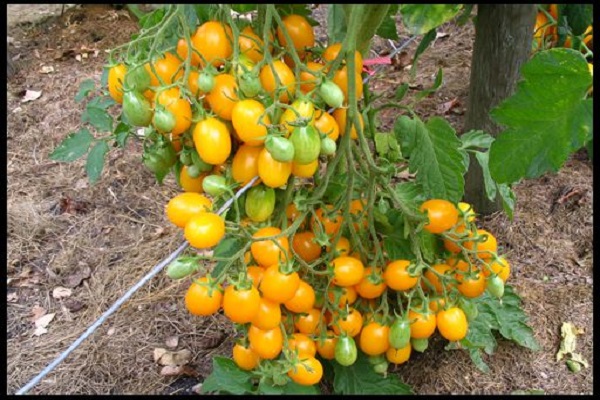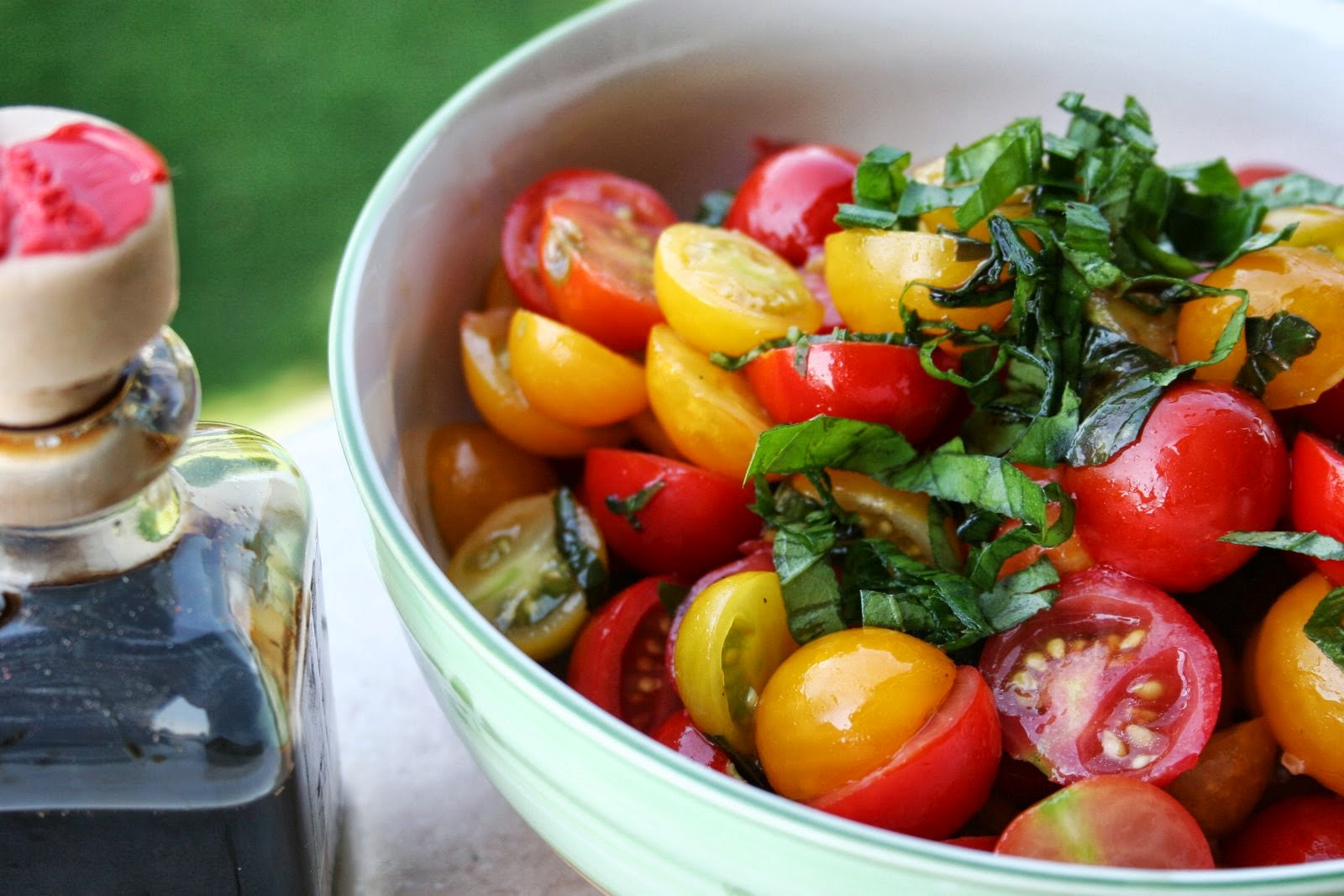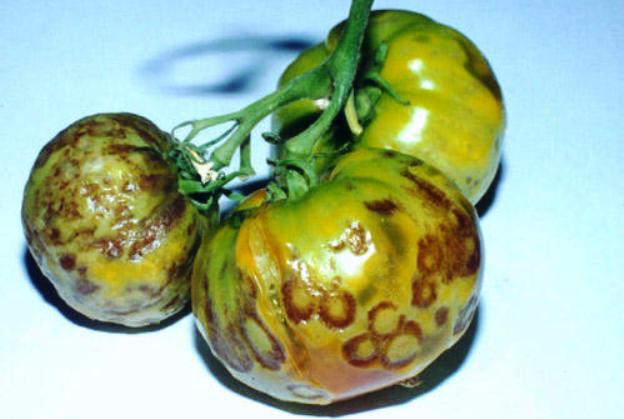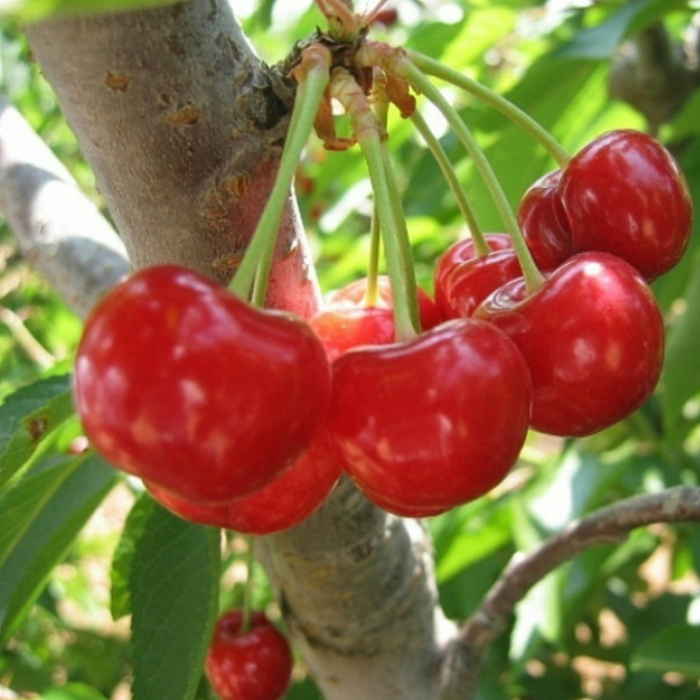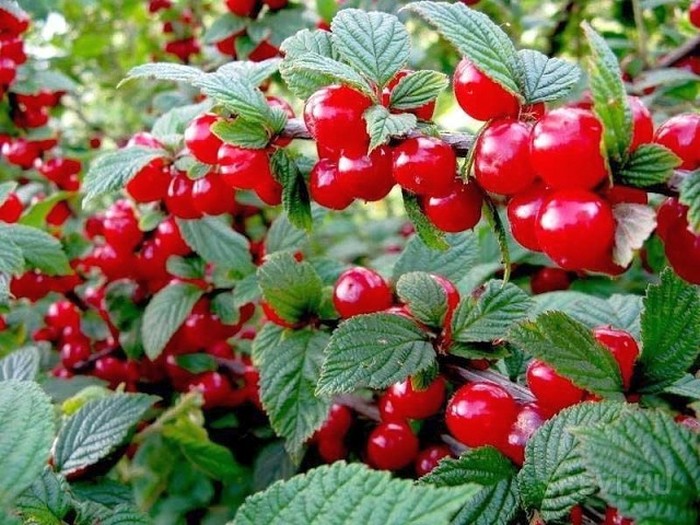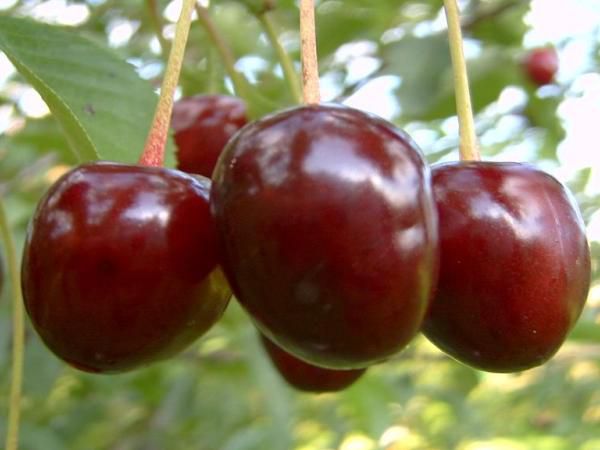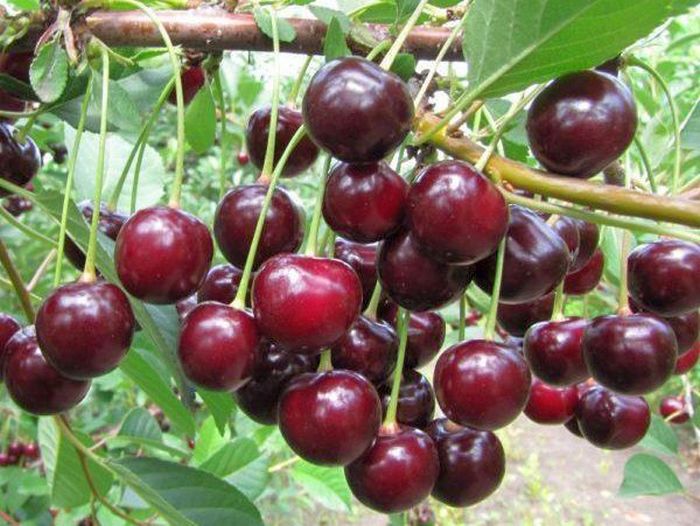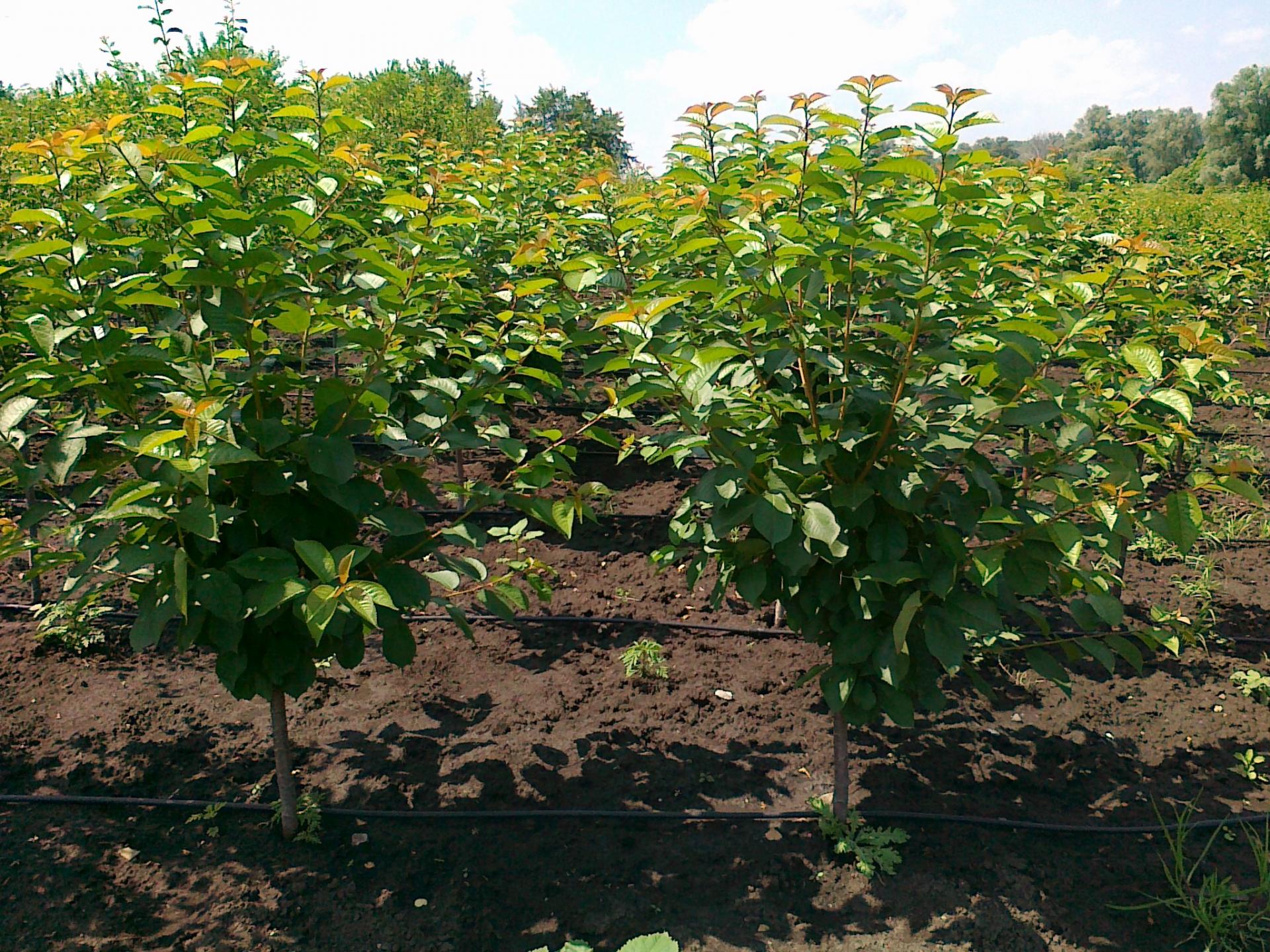Content:
Tomato Yellow cherry fell in love with many summer residents. An amazing culture was developed by Israeli scientists back in 1973. Famous breeders of our country worked on the plant every year, improving the taste and increasing fruiting. Today, gardeners are happy to grow the presented species, delighting their loved ones and neighbors with a rich harvest.
Culture characteristics
Choosing a yellow cherry tomato for the garden, take into account the characteristics and description of the variety. The culture is unpretentious in care, even a novice gardener can grow it. Yet there are some nuances, without knowing which you can fail.
Bush characteristic:
- early maturing;
- indeterminate;
- semi-spreading bush;
- not standard;
- planted in open ground, sometimes in greenhouses;
- high-yielding;
- not hybrid, no F1 hybrids of the same name;
- intermediate type of inflorescences;
- laying of the first inflorescence over 8-9 leaves, the next - through every third leaf;
- bush of medium branching and foliage;
- not allergic;
- susceptible to disease.
Vegetable culture has many positive characteristics, which is why most summer residents choose it. Tomato attracts not only by its taste, but also by its amazing color, the shape of the fruit resembles a plum. This is a special treat for young children. For a good harvest, it is not necessary to plant a whole vegetable garden with a crop, it is enough to plant a couple of bushes.
Feature of fruits
A crop with beautiful yellow fruits is a kind of small cherry. The fruits fascinate with their beautiful shape, unusual, bright color, smooth, glossy surface, pleasant taste, pronounced aroma.
Fruit:
- round, plum-shaped;
- yellow;
- the taste is sweet;
- the peel is smooth, glossy, dense;
- the weight of one fruit is 15-20 grams;
- on one bunch - 12 or more fruits;
- up to 3 kilograms of yellow berries are harvested from one bush;
- early ripening of fruits in bunches;
- resistant to cracking;
- average dry matter content;
- ripening time of fruits from the moment of planting of seedlings - 90-96 days.
The yellowish handsome man looks good in fresh salads, they use it fresh, prepare tomato juice, sauces. Housewives make preservation from the product for the winter. Due to the yellow color of the fruits, they are recommended for children, people who are allergic after eating red vegetables.
Agrotechnics
Seed preparation
The main condition for a good harvest is the correct planting of seeds. First of all, the soil is prepared from earth, peat and sand. All components are mixed well and poured into prepared wooden or special purchased boxes.
The seeds are washed in a solution of potassium permanganate and soaked for 12 hours in a growth stimulator. Planting material must be planted in prepared soil, after making holes, one centimeter deep. Sowing seeds is carried out at a distance of two centimeters from each other. Sprinkle with earth or peat on top.After all the work, the boxes are covered with foil to create a greenhouse effect and rapid seed germination.
When the first sprouts appear, containers with seedlings are taken out on a window sill illuminated by daylight and the film is removed. With a lack of light, additional lighting with lamps will be required.
When the first 2-3 leaves appear and the root system is strengthened, the seedlings are transplanted into separate peat pots and other containers. Plants are watered regularly.
A week before planting in open ground, the sprouts are hardened. Seedlings are taken out into the street for several hours, then for a day, and at the end they are left for a whole day.
Work with seedlings
Seedlings are planted in open ground or in a greenhouse at the age of 65-70 days. Before planting plants, you need to choose a place and prepare the soil.
Planting seedlings is carried out after the threat of frost has passed and warm sunny days come. In a garden bed, plants are planted at a distance of 50-60 centimeters from each other. There should be no more than 3 crops per square meter. As the seedlings grow, they require the formation of a bush and a garter to strong supports.
Grassing will improve the yield of the bush. To do this, leave the main and main stem, one stepson, the rest are removed. When the plant reaches the desired height, pinch the top. It is important to regularly water the crop, remove weeds from the garden, and loosen the soil. A week later, the first fertilizing is made with mineral fertilizers, chicken droppings, mullein. During the season, feeding is carried out at least three times.
Diseases
When deciding to start growing a golden miracle, you need to prepare for its protection from diseases and pests. It is better to prevent the moment of illness in advance than to fight microorganisms when the culture is already affected.
Plant diseases:
- Cladosporium disease;
- Fusarium;
- Tobacco mosaic.
Yellow tomatoes often suffer from cladosporiosis, especially if they are grown in greenhouse conditions. The disease is recognized by yellow spots and bloom on the leaves. To combat the disease, purchased chemicals are used. Maintaining optimal humidity (60 percent) and air temperature (30 degrees and no more) in greenhouses will help prevent disease.
Fusarium is a terrible disease that cannot be treated. The leaves are deformed, acquire a yellow or pale green color, the veins brighten. Diseased plants are removed from the root bed and burned. To prevent disease, seedlings are planted in well-heated ground.
The tobacco mosaic virus is characterized by the appearance of yellow blotches on the leaves, then they turn pale. Deformation of the leaves occurs, uneven ripening of fruits and a decrease in their size. The disease will prevent the disinfection of seedlings and all gardening equipment with a five percent solution of potassium permanganate.
Advantages and disadvantages
Pros:
- fast ripening of fruits;
- great taste;
- excellent appearance;
- abundant fruiting;
- the tomato can be preserved with tassels.
Minuses:
- short storage of fruits;
- susceptibility to disease.
Although there are very few plant shortcomings, they still need to be taken into account. This will allow you to get a good harvest with minimal losses. Experienced breeders are sure that even a novice amateur gardener can grow the Yellow Plum.The culture is not at all demanding, it is enough to plant the seeds correctly, observe the timing of planting seedlings in the ground, regularly fertilize the soil and water the plants. Protection against pests and diseases is essential.
If you follow all the recommendations of experienced gardeners, a culture with golden fruits will delight you with delicious, aromatic fruits at the end of summer.
